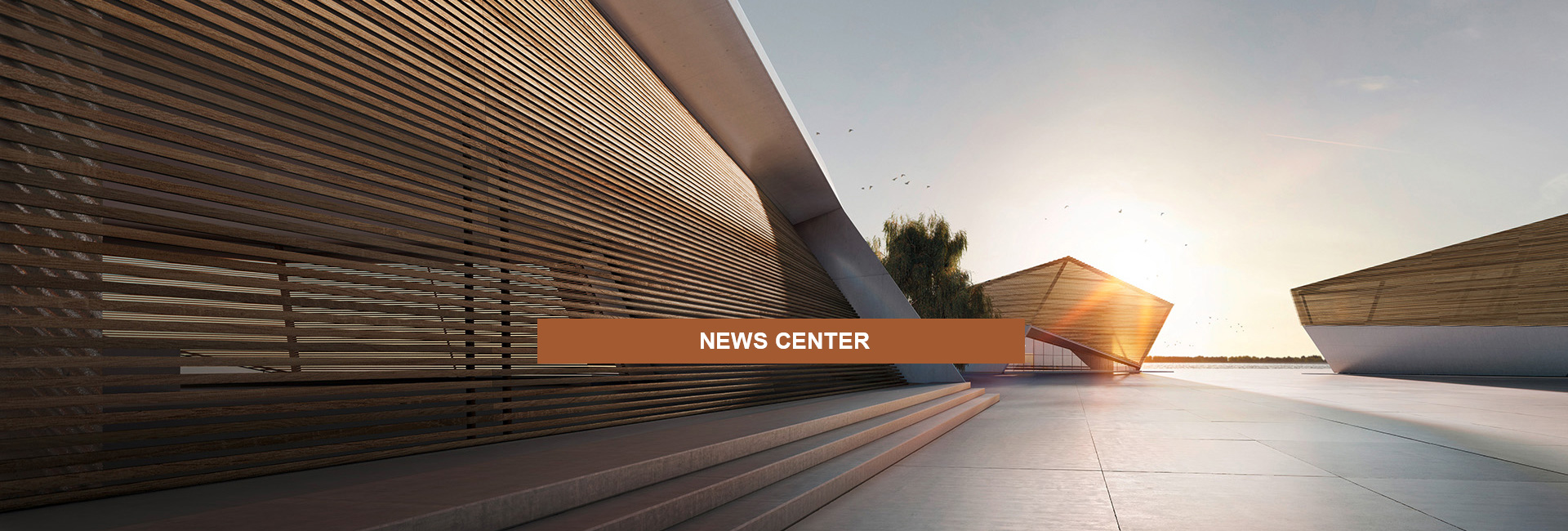


Stone processing methods and processes
Wool: Stone with irregular shape directly separated from the mine.
Blocks: Stones processed from wool, with certain specifications, used to process facing plates.
Mao (light) board: A board that is sawn from mountain waste.
Mirror slab (commonly known as slab): After the rough board is polished and polished, the surface is smooth and has a mirror luster.
Specification board: a board that meets the specification specifications.
(The general specifications are: 600×600, 800×800, and the standard thickness is generally 20MM, or the size is set according to the specifications specified by the project party, and the price is higher.)
(I) General-type sheet: a sheet with a square or rectangular shape
(2) Special-shaped sheet: Polygonal sheet with a non-square or rectangular shape
(3) Template interface board: The shape is a specification sheet with a complex shape (including arc) shape according to the designated drawing or plate pattern
Special-shaped stone, mosaic, carving, parquet are not discussed here
marble smooth slab:
Selecting blocks-trimming and shaping-frame sawing machine sawing-splicing, rubber covering, netting, rubber repair-grinding, polishing-inspection-warehousing
granite smooth slab:
Selecting blocks-trimming and shaping-sawing with sand saw (loading, loading, sawing, sawing, discharging, discharging, unloading)
(selective screening and rubber covering)-grinding and polishing with grinder-inspection-warehousing
Glossy surface: After being polished, it will reach a smooth, lubricated and mirror-like appearance.
Matte surface: The surface is smooth and dull, usually polished to 500# grinding head.
Antique noodles: Marble type: Grinding with a grinding brush: Granite type: Burning the noodles and then grinding with a brush.
Sandblasting surface: The surface is averagely gravel. It is processed by sandblasting machine to produce text patterns.
Burning panel (burning surface): After the fire is burned, the surface is mostly scaly, and the color of the surface is different from the smooth surface. There are two types of hand-burned noodles and equipment-burned noodles. The former is used for special shapes and edges, and the latter is used for slabs.
Pickling noodles: It is made by polishing with abrasives and then washing the surface with hydrochloric acid and alcohol.
Chopped axe noodles: It looks like the traces of an axe, and it can be processed by hand and machine.
Lychee Noodle: The surface looks like a litchi surface, which is processed by a pneumatic carving machine.
Hammered surface: The surface is bumpy and is formed by hammering with a surface burning machine.
Water flush surface: Similar to fire surface, but the stone surface does not change color. Manufactured by water jet machine.
Brushed surface: The surface is made of many grooves, which are processed by manual and imitation machine.
Natural fracture surface: The appearance effect of the block edge skin.
Knife cut surface: The appearance of the saw blade is not polished after cutting. (It’s hard to show it on the computer, just look at the real thing)
The formula for calculating the yield rate of marble slabs:
The yield rate per cubic block = 1000 / (product thickness + knife seam 5). 5mm
The yield rate of 20MM slab is 1000/ (20+5) = 40 (M2/M3)
The formula for calculating the yield rate of granite slabs:
The yield rate of blocks per square meter=1000/(product thickness+knife seam 8.5).
For example, the yield rate of 20MM slab=1000/ (20+8.5)=35.08 (M2/M3)
The selling price of non-20MM slabs is based on 20MM slabs. When the sawing machine is used to open large slabs in batches, the price of 25MM slabs = 1.2 times the price of 20MM slabs, and the price of 30MM slabs = 1.35 times the price of 20MM slabs. 40MM big board price=1.75 times big board price, 50MM big board price